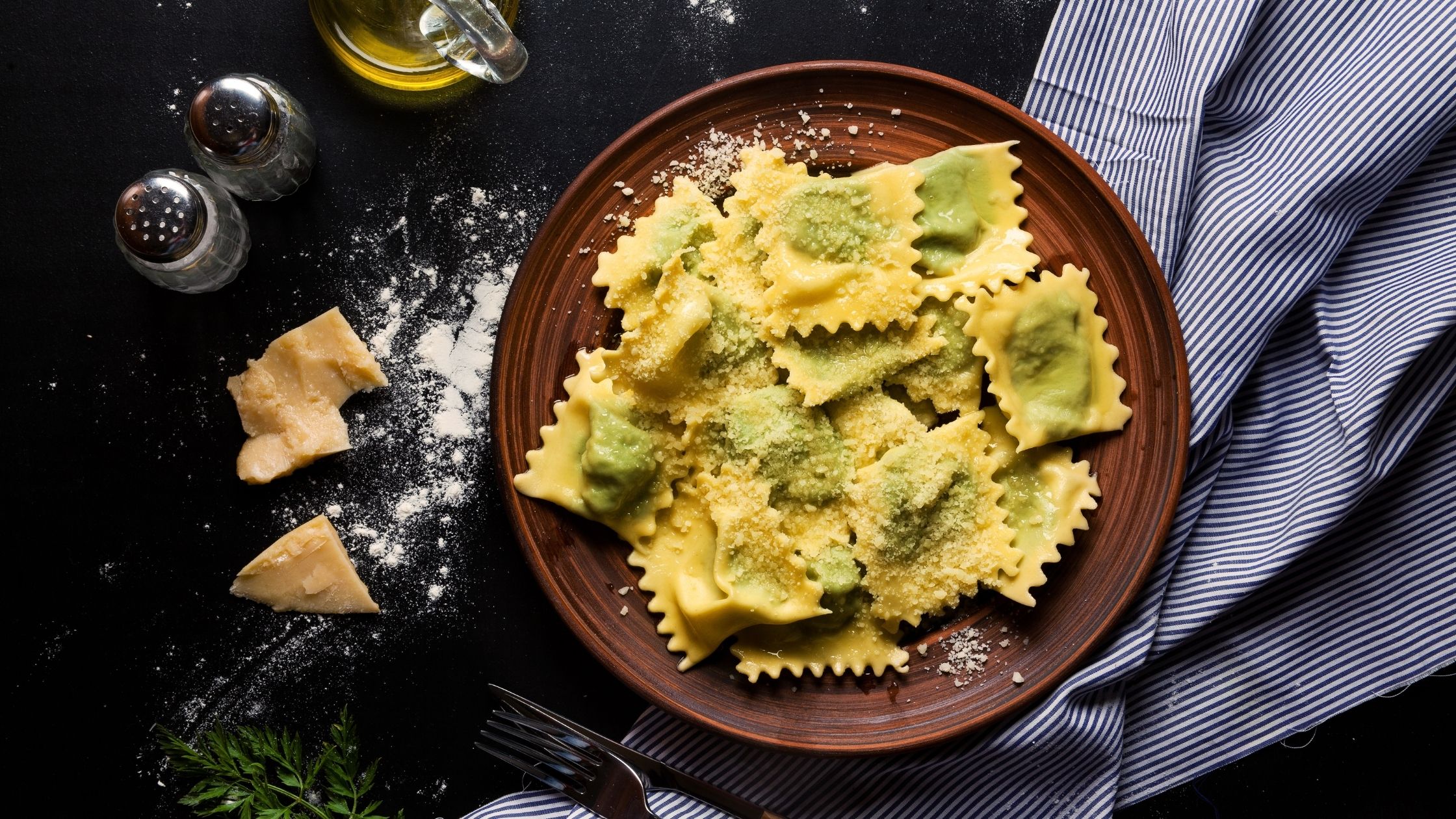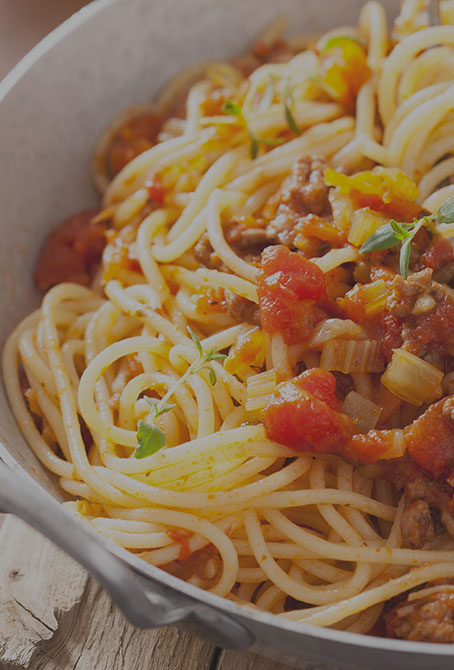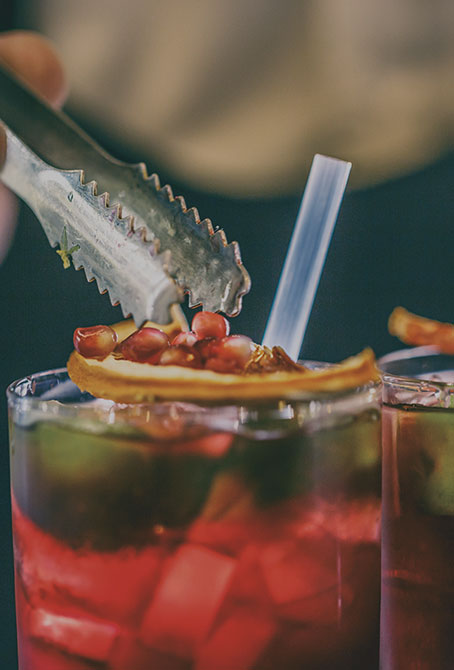Whenever we talk about “Italian style” in the world, what immediately jumps to our mind is certainly fashion. However, the very same elements that unconsciously we associate to the Italian style, namely creativity, expertise, luxury, artisanal tradition and raw material quality, can be applied to other market areas, such as food and beverage. It is undoubtedly clear that every time we think about Italy, we recall the taste of pizza, of handmade pasta with tomato sauce, of deli meats – Parma ham and raw salami, amongst the others -, of the thousands of traditional cheeses, not just Parmesan and mozzarella. But this is not the full story. Every region, every province, even the tiniest of villages lost on the Dolomites has a taste experience associated to it: the Italian tradition is, first and foremost, a tradition about the food and wine culture.
According to the Innova new products database, in the past 12 months alone we have found at least 6,000 new launches identified as “Italian”, in dozens of countries around the globe: mainly pasta, of course, but also sauces, condiments, biscuits, ready meals. Half of them is positioned as healthy and/or indulgent. The reason for this is simple: when we think of Italy, we imagine a rich and hot pizza eaten with our hands in one of the lovely restaurants on the promenade in Naples, or a velvety artisanal gelato while walking along the history-soaked streets in Rome, or maybe a deli meat and cheese board served with a sparkling Spritz on the main square in Padova: the association of places and flavours is almost automatic.
We are very aware, though, that “Italian” taste has different interpretations if we look at the different countries outside of Italy: we cannot ignore the number of carbonara recipes listing dairy cream as an ingredient, or the use of bacon – maybe even the smoked one – instead of the traditional “guanciale” (cured pork cheek)? Or the addition of pineapple as pizza topping, that has been horrifying purists for years? Besides the “gigantic” reinterpretations, we have smaller variations that must be considered when exporting Italian inspired food and drinks. Let us take, for instance, the British market: Italian style restaurants and pizzerias are amongst the most popular eateries in the United Kingdom. According to Statista, in 2019 they totalled 24.6 million visits – that is more than one British resident out of three ate at an Italian outlet during that time. At AromataGroup, we have carried out a survey in the UK to understand what is interpreted or labelled as “Italian”, and the most striking elements the abundance of garlic in all recipes. Garlic is used everywhere, both in restaurants and in ready meals purchased at store level. The same thing happens when we cross the ocean: in the US, thanks to the substantial migratory flow that in the past brought a lot of Italians to move to the New World, we are faced with a whole “Italian-American” culinary tradition. Recipes within this tradition are translated from the ancestral cuisine from Naples, Calabria and Sicily, with important re-interpretations and variations. A couple of examples: ragù bolognaise made with burger minced meat, or lasagna prepared with ricotta cheese instead of the classic béchamel sauce.
Examples and cases are countless. There is one common element, though: the “Italian style” is a staple seller, “Italian style” means good taste, “Italian style” inspires consumers’ trust. And the “Italian style” is one of the most important assets here at AromataGroup: our colour division has roots going back to the Italian artisanal tradition of the early XXth century, and our flavour and extract division has over a century of experience in interpreting taste inspirations and experiences coming from the Italian market and translating them in flavour solutions suited for all applications. From beverages to baked goods, from processed meats to pasta fillings, our Italian Collection is rich, versatile, but most of all, authentic. Taste-proofed.

















